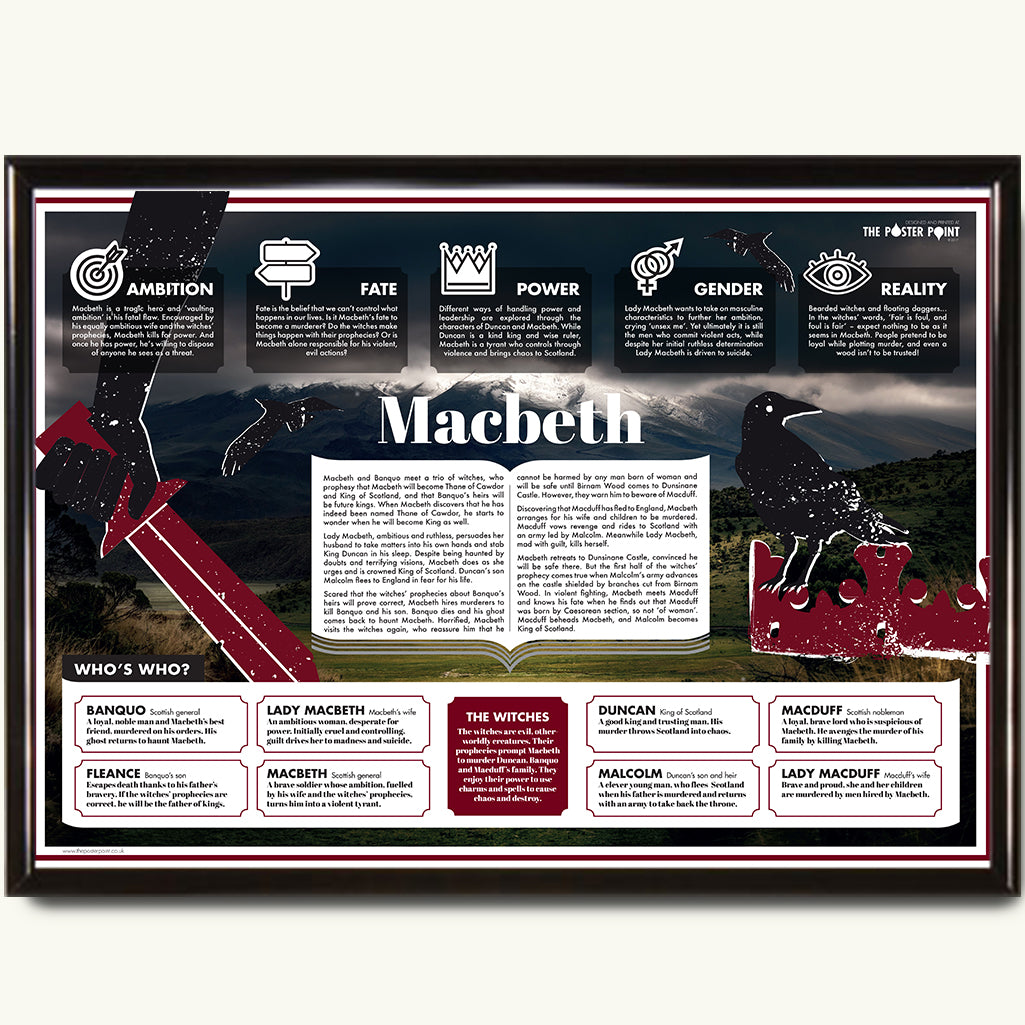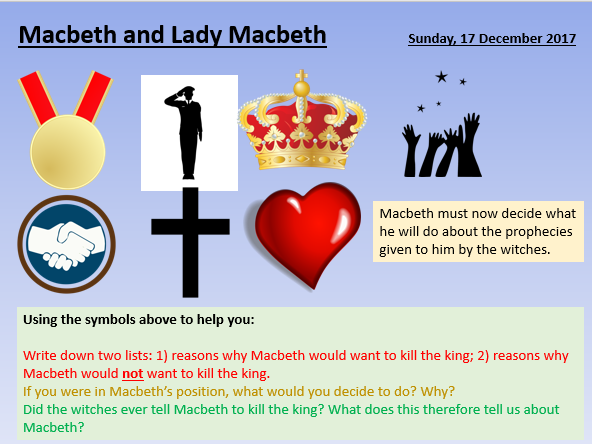

Lady Macbeth would sleep walk, mumble, make the gesture of washing her hands and lament that no amount of perfume would be able to wash the blood away. Īct 5, Scene 1 lines 46 to 48 Here’s the smell of blood still: all the perfumes of Arabia will not sweeten this little hand. Covered with blood and pointed toward the king’s chamber, the dagger represents the bloody course on which Macbeth is about to embark. This is the scene when Macbeth sees a dagger floating in the air. He claims that when he sees Duncan’s body and the “murderers, steeped in the colours of their trade, their daggers unmannerly breech’d with gore who could refrain That had a heart to love, and in that heart Courage to make’s love known?” He was cunning in his plot to mislead so he killed Duncan’s two unknowing servants.Īct 2, Scene 1 lines 40 Is this a dagger which I see before me, The handle toward my hand? Come, let me clutch thee… Macbeth claims that his “violent love” for Duncan had overtaken the rational part of him that would have allowed him to think. It means that there is no way to tell from a person’s face if they are trustworthy. In Act 1, Scene 4, lines 13 to 15 “There’s no art To find the mind’s construction in the face: he was a gentleman on whom I built An absolute trust” It can also be seen as a “fair” man who becomes “foul”, or as a man who as both qualities but chooses to let one dominate his character.Īct 1, Scene 3, lines 132-135 “…oftentimes, to win us our harm, The instruments of darkness tell us truths, Win us with honest trifles, to betray us In deepest consequence.”ĭelivered by the witches, it means that evil will give small truths and then lure you to do a bad act. Fair/good and foul/bad can coexist what seems to be one may also be the other. He has won the battle but many lives were lost. In Act 1, Scene 3, line 39, Macbeth’s first words in the play are, “So foul and fair a day I have not seen”.īecause he has just arrived from fierce battle, the paradox applies to his recent experiences.

This motif is used to foreshadow and comment on events and characters in the play. The paradox in Act 1, Scene 1, line 11 the three witches chant ,”Fair is foul, and foul is fair”. All Rights Reserved.A motif is a recurring idea or image used to enhance meaning in a work of literature. Macbeth Study Quiz (with detailed answers) Soliloquy Analysis: She should have died hereafter (5.5.17-28)Īnnotations for Lady Macbeth's Soliloquy (1.5)Īnnotations for The Witches' Chants (4.1) Soliloquy Analysis: To be thus is nothing (3.1.47-71) Soliloquy Analysis: Is this a dagger (2.1.33-61) Soliloquy Analysis: If it were done when 'tis done (1.7.1-29) (date when you accessed the information). Throughout Shakespeares Macbeth, the weather plays an important role. Symbols are central to understanding Macbeth as a play and identifying Shakespeares social and political commentary. Explore the different symbols within William Shakespeares tragic play, Macbeth. Having said this, the brooding and mystifying darkness itself is a recurring motif in the drama and, like the Witches, it symbolizes the darkness in Macbeth's heart and the evil nature of his horrible deeds.įor a more detailed look at the mystical elements in Macbeth and how they relate to the overall symbolism in the play, please read my article on the Sources for Macbeth. Critical Essays Major Symbols and Motifs. The witches represent the dark powers that have the capacity to influence men's decisions, but, more importantly, they are an outward representation of Macbeth's inner evil. Shakespeare uses many supernatural elements in his tragedy Macbeth more so than in any other play he wrote.


How did Shakespeare link symbolism and mysticism in Macbeth?


 0 kommentar(er)
0 kommentar(er)
